Pūpūwhakarongo taua also known as Pūpū Korari or Pūpū Harakeke...

The overall research aim focuses on Ngāti Kuri-led initiatives for the conservation of two tāonga endemic to the rohe of Ngāti Kuri – Rātā Moehau (Metrosideros bartlettii) and Kahikā Rangitāhua (Metrosideros kermadecensis).
Through; wānanga-ā-iwi, mobilising mātauranga, working with emerging leaders, and forming strong foundational platforms through kaumātua knowledge sharing initiatives, the Ngāti Kuri Trust Board are forming a comprehensive plan of action for the conservation of these tāonga. This work includes strong connecting impetus placed on building iwi capacity through new place based roles and connecting to world leading scientists and researcher. The project has both short-term restoration measures and long-term conservation goals positioned across 2 key priority implementation areas. This is a multi-disciplinary Kaupapa Māori approach that values kaitiakitanga and mana motuhake for community resilience both of people and of tāonga.
While the project timeline is 2 years, this work reaches beyond the life and scope of this project and embeds a range of measures to ensure longevity and sustainability overtime by linking this work ascore business practice within the Ngāti Kuri Trust Board strategy and Te Haumihi specifically.
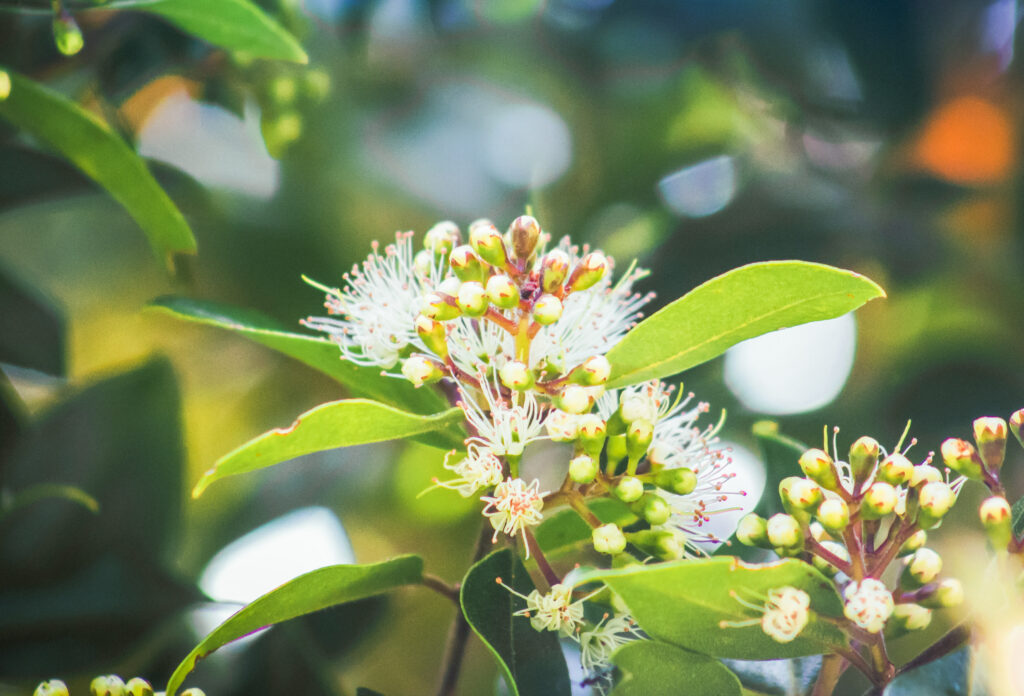
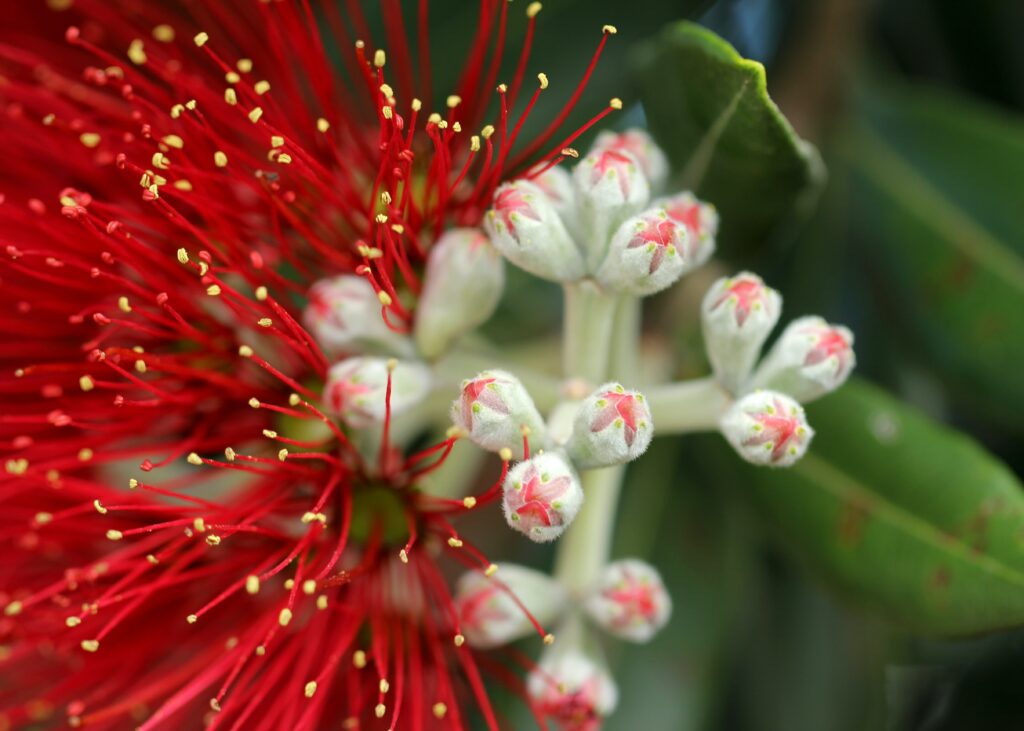
Develop skills, experience and understandings through both scientific measures and Ngāti Kuri worldviews to establish and maintain healthy environments in 2 priority areas for Te Rātā Moehau and Kahikā Rangitāhua as tāonga.
Re- imagine the position of both Te Rātā Moehau and Kahikā Rangitāhua as prominant and naturalised taonga within the rohe of Te Haumihi, Ngāti Kuri and for Ngāti Kuri as Kaitiaki to have intimate understandings of these taonga once more.
STATUS: MOST THREATENED TREE IN AOTEAROA, NATIONALLY CRITICAL TOHUNGA MOEHAU
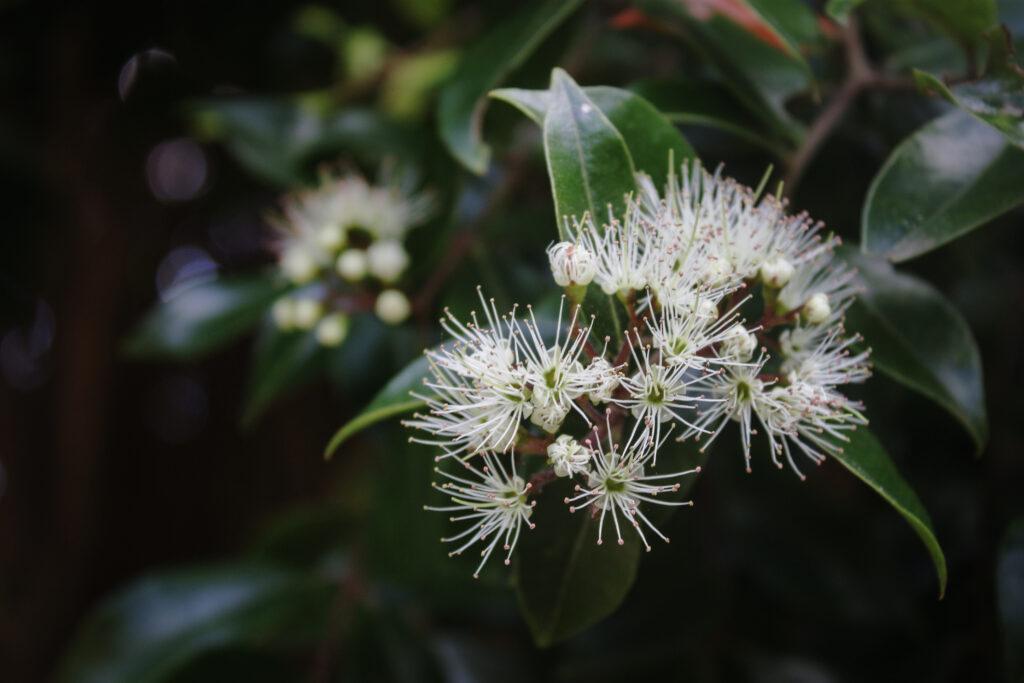
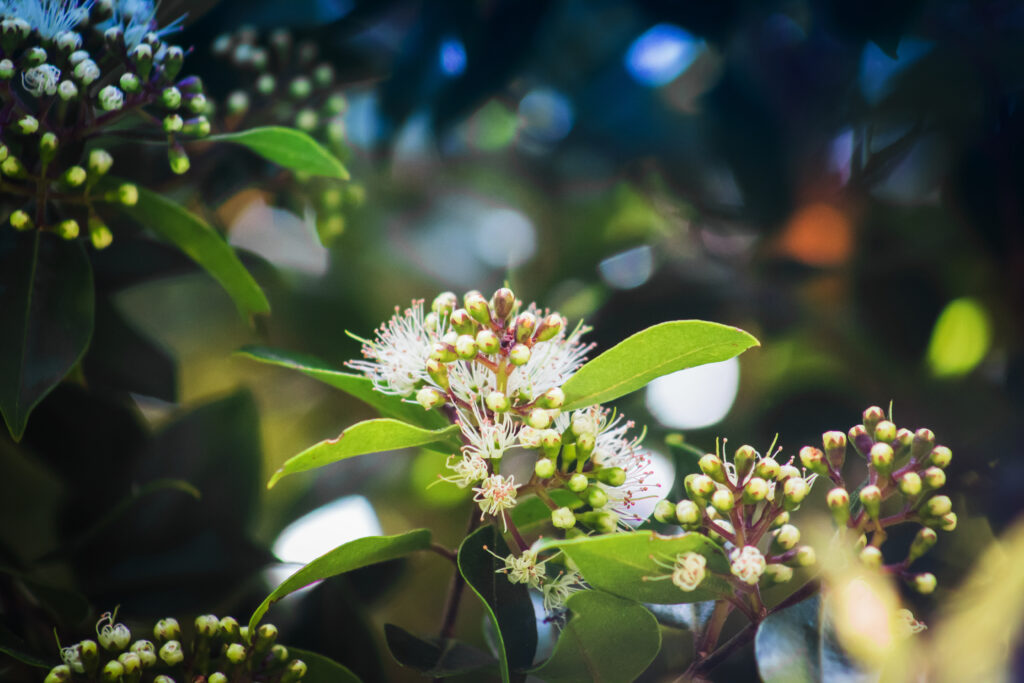
Moehau was an important Ngāti Kuri tohunga (priestess, healer). Her powers were so strong that she had to live in isolation from her people to ensure their safety. She protected and healed all, both human and non-human, that lived in the area. Ngāti Kuri people revered her and understood that her mātauranga was indeed a precious gift to be respected. They asked for her advice, healing and help only when required. Moehau was to be left in peace to ensure she was free to focus her powers wherever needed. Moehau spoke the languages of the land, oceans and all beings.
During the seasons that coincided with the migrations of tohoraha (whales) around our coast, Ngāti Kuri would ask Moehau if it was time to bring in rawa moana (bounties of the sea). When, and if the conditions and the time was right, Moehau would exert her enormous powers through karakia (incantations) to influence one of the whales to break away from the main body of the tohoraha whānau passing by to beach itself. Relationships between Ngāti Kuri and sentient
beings were based on interrelationships. Moehau practiced kōrero hinengaro (telepathy) to converse with many beings within the taiao and the moana. It was her duty to ensure her people sustained their daily lives and their interrelationships within the taiao and moana.
Moehau’s calling of tohoraha was driven by a genuine need to sustain the daily lives of Ngāti Kuri and was performed on this basis. It was not a regular occurrence. Moehau only performed these duties during times when tohoraha numbers and the moana were abundant. Of course, these occasions were always met with happiness, jubilation and gratitude by the iwi. Tohoraha was a huge bounty to be shared and traded ensuring the health and well-being of Ngāti Kuri continued. At her passing Moehau was installed as the kaitiaki of the Pārengarenga bar. These
powers were vested in her by her tūpuna and her mana tohunga. It is said that if you see Moehau when passing across the Pārengarenga bar, your day will prove to be a plentiful one.
Fifteen years ago, taumata kaumātua ō Ngāti Kuri were determined to re-name Barlett’s Rātā. This would further enhance our kaitiakitanga (guardianship) vested in tūpuna Moehau and passed down through the generations. In doing so, Ngāti Kuri historical and cultural values would be installed on taonga species such as the Rātā Mohau, while also propelling our tūpuna Moehau into the future.
Ngāti Kuri were successful in the re-naming of Bartlett’s’s rātā. Renaming taonga species articulates Ngāti Kuri’s mana motuhake (sovereignty) and tino rangatiratanga (self-determination, autonomy). The name ‘Rātā Moehau’ symbolises not only Ngāti Kuri historical and cultural context but also the power and value found in mātauranga o Ngāti Kuri, and articulates a species in need of conservation.
DOC deemed that the Rātā Moehau is now New Zealand’s most threatened tree. The Rātā Moehau was once named by scientists as Bartlett’s rātā in 1975. Scientists found that Te Paki was a biodiversity hotspot and by 1990, ten trees had been located across two Te Paki sites – Radar Bush and Kohuroanaki. Another population was later identified in the Unuwhao forest near Piwhane, Spirits Bay. 34 wild trees were documented by 1992, while this is a low number it was much better than the 10 previously believed to exist.
Sadly, in 2007, DOC staff found that seven trees at Unuwhao had died from possum browse and several more were seriously defoliated. Aotearoa is currently under the attack of the devastating disease Murtle Rust. Rātā Moehau is at risk as it sits in the Murtle whānau. Rātā are also known to be self-incompatible, meaning individuals that breed with close genetic relatives will not produce good seed, and therefore scientists fear there will be loss of genetic diversity. Genetic variation is already very limited therefore it is crucial that any losses were avoided.
To manage the species effectively, the genetics of all living rātā moehau, including plants that had been propagated and grown in cultivation, need to be better understood. In 2017, cuttings of the tree were taken and are now growing in the Auckland and Dunedin Botanical Gardens. DOC staff conducted a field survey and DNA sampling of rātā moehau in April 2015, after consultation with Ngāti Kuri. The purpose was to determine the status of the species in the wild, collect material for DNA analysis, and collect seed for the New Zealand Seed Bank. The DNA profiles
of wild plants would be compared with the DNA of cultivated specimens.
Aside from the known trees at Radar Bush and Kohuroa, the survey found only one tree in the original Unuwhao Forest stand of 16. Three more were found in a nearby catchment. Samples were sent to Landcare Research, where Dr Gary Houliston and his team profiled them using two DNA fingerprinting techniques. The DNA results are alarming. Of the 14 trees in the wild, there are only five distinct genotypes and three of them are known only to be found at Unuwhao –
there is no Unuwhao stock in cultivation, all cultivated plants derive from two trees: one from Radar Bush and the other from Kohuroanaki. Rātā moehau is now one of the most threatened plants in the world. The results are far worse than anticipated, but the DNA data provides some hope for saving the species.
Saving the species will involve collaboration with other partners such as botanic gardens and Project Crimson to raise genetically viable plants in cultivation. The process will involve bringing together the five lineages and hand pollinating these to produce more genetically fit plants to restore to the wild. Pest eradication within these environments is imperative for these initiatives to be successful. There have been recent events that have caused excitement and some optimism.

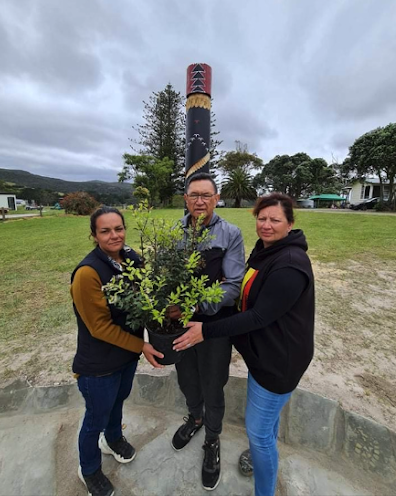

prebblej@landcareresearch.co.nz
Tim.Park@wcc.govt.nz
buckleyt@landcareresearch.co.nz
forsdickn@landcareresearch.co.nz
parkd@landcareresearch.co.nz
abbey@ngatikuri.iwi.nz
rakaupukana@gmail.com
sheridan@ngatikuri.iwi.nz
victoria@ngatikuri.iwi.nz
Key Contact :
Centre Director: Tammy Tauroa
Ngāti Kurī

Key Contact :
Toka Maaka
Taiao Team
This project will develop a restoration and repatriation plan for...
COPYRIGHT 2022 | POWERED BY WORDPRESS | BUILT BY POU DIGITAL